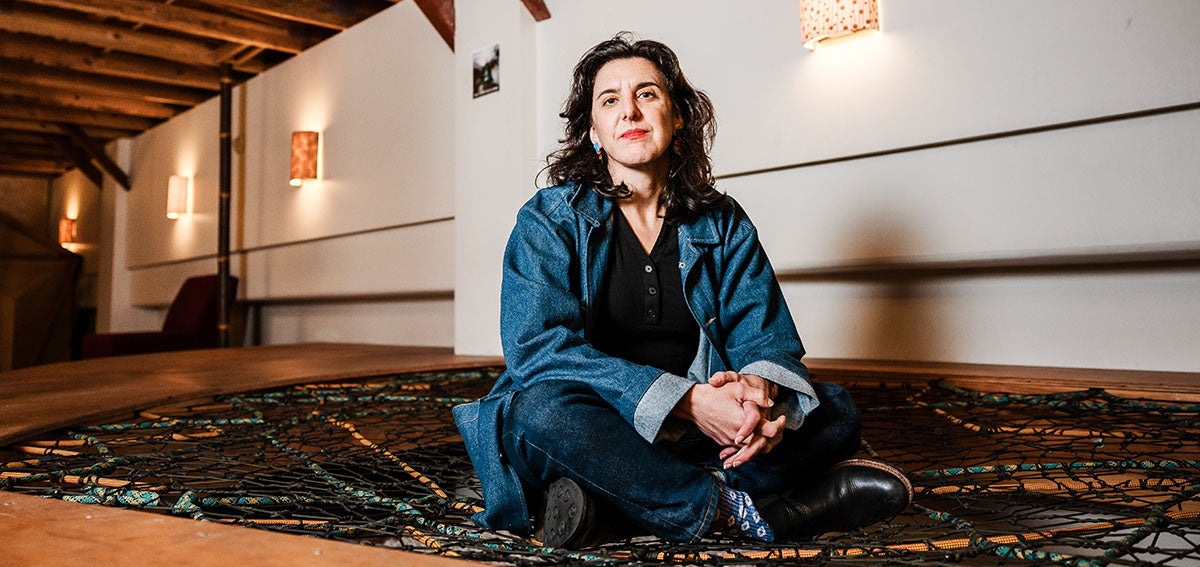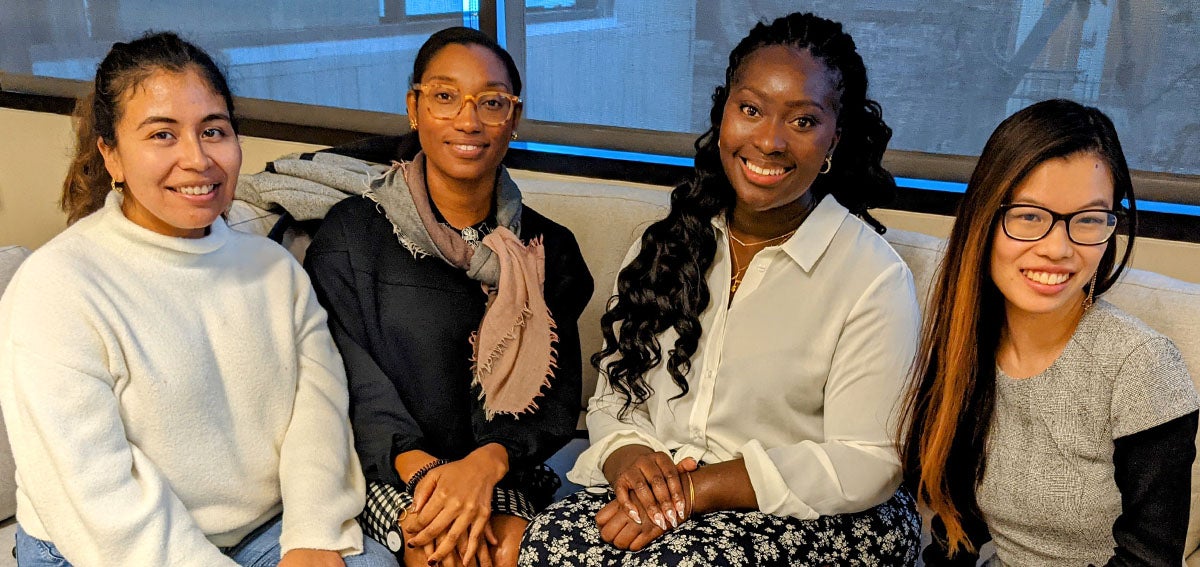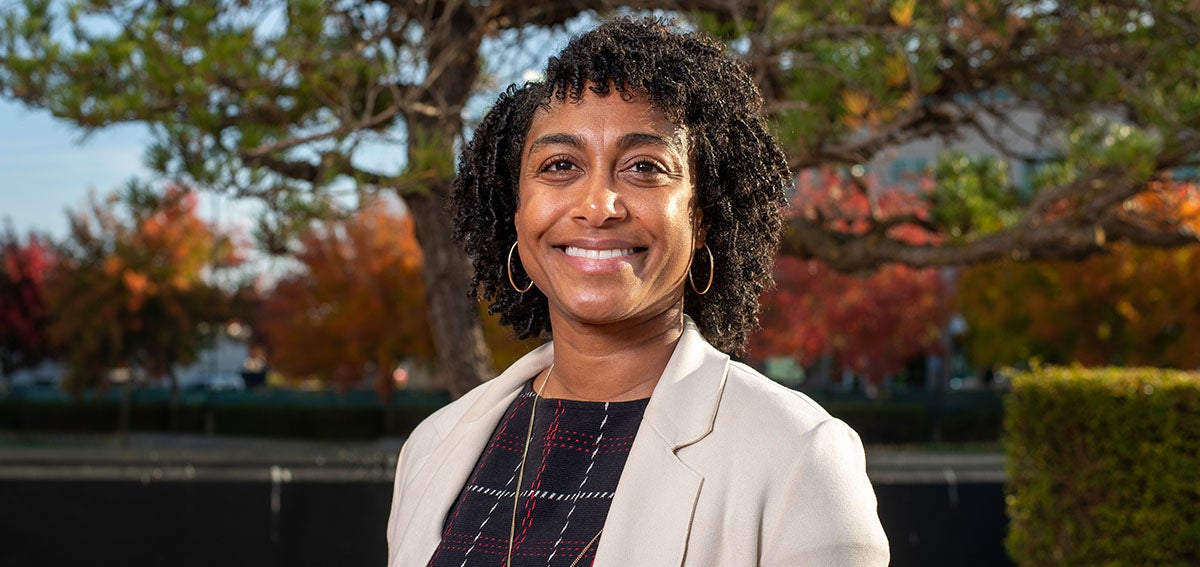View the Report
Jump to All Downloads & LinksCommunity Health Centers’ Journey Through the Pandemic
This collection of publications highlights the financial challenges faced by California’s FQHCs during the COVID-19 pandemic – and how they adapted to keep serving patients. It also highlights policy changes that are needed to stabilize FQHCs so they can continue to play their vital role in providing care to Californians with low incomes.
The COVID-19 pandemic has had a profound impact on the entire health care delivery system. For Federally Qualified Health Centers (FQHCs),1 which are foundational to the nation’s primary care safety net, this was especially true.
Although health centers quickly adapted care models and operations during the pandemic, the decline in face-to-face visits (the primary mechanism for FQHC reimbursement) created significant financial challenges. Thirteen percent of California’s FQHC sites experienced downsizing and temporary closures.2 New financial analysis reveals that the largest health centers in the state bore the brunt of the financial losses directly resulting from the pandemic.3 Health centers that serve the highest proportion of Medi-Cal patients sustained almost all the financial losses.
The combination of federal relief funding paired with temporary policy changes, such as expanded reimbursement for telehealth, helped FQHCs remain afloat. However, neither solves the root issues that caused health centers to be so vulnerable in the face of the pandemic.
In the coming months and years it will be important to monitor the financial health of FQHCs, given their central and vital role in providing access to care, advancing health equity, and achieving population health among Californians with low incomes and Californians of color.
This report summarizes policy options that have the potential to improve FQHC stability, address health equity, and ensure access to a broader range of services in the long term, including the following:
- Modernizing payment to FQHCs through an alternative payment model (APM). FQHCs would no longer be paid based on in-person visits, but instead would receive a set per-patient per-month payment. This would give health centers the flexibility to care for patients in new and innovative ways while protecting them from financial downturns when in-person visits fluctuate due to unforeseen circumstances, such as the COVID-19 pandemic.
- Recognizing the value of all telehealth modalities, including telephone calls. Decisions about which modality to use should be driven by patient needs and available technology. Telephone-based services contribute to health equity and influence the extent to which disparities in health and access to health care for Californians with low incomes, who are disproportionately people of color, begin to shrink or widen.
- Making investments in the health care workforce. State investments in loan repayment, pipeline, and scholarship programs can increase the number and diversity of people who enter health care safety-net professions and alleviate FQHC financial pressures.
Authors & Contributors
Carol Backstrom, MHA
Carol Backstrom is the vice president for Medicaid Policy and Programs at Aurrera Health Group, a mission-driven national health policy and communications firm based in Sacramento.
Lauren Block, MPA
Lauren Block is a principal for Medicaid Policy and Programs at Aurrera Health Group.
Allison Coleman, MBA
Allison Coleman is the chief executive officer of Capital Link, a national nonprofit organization focused on strengthening FQHCs — financially and operationally — in a rapidly changing marketplace. Capital Link helps health centers plan for sustainability and growth, access capital, improve and optimize operations and financial management, and articulate their value.
Notes
- FQHCs are outpatient clinics that qualify for specific reimbursement systems under Medicare and Medicaid. They include federally funded health centers known as “Section 330 grantees” and those that meet certain federal requirements but do not receive federal grant funding, known as “Look-Alikes.” In this document we refer to all types as “health centers.” ↩︎
- Allison Coleman and Carol Backstrom, Holding On: How California’s Health Centers Adapted Operations and Care for Patients During the Pandemic, California Health Care Foundation, February 2021. ↩︎
- Coleman and Backstrom, Holding On. ↩︎





